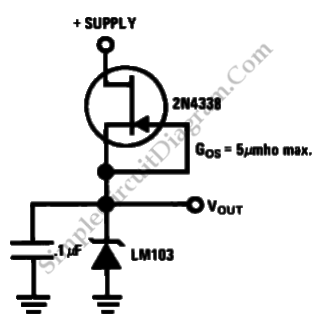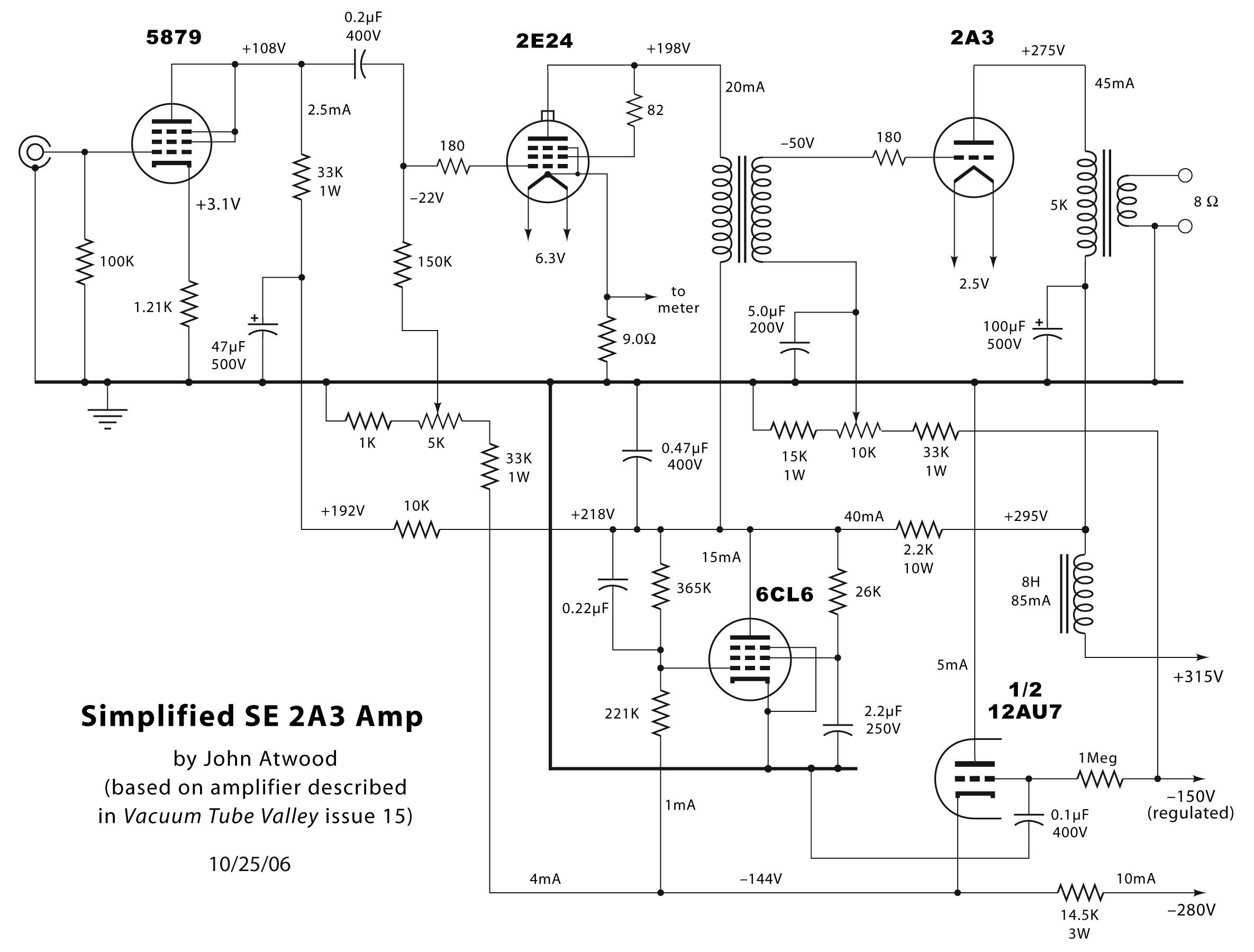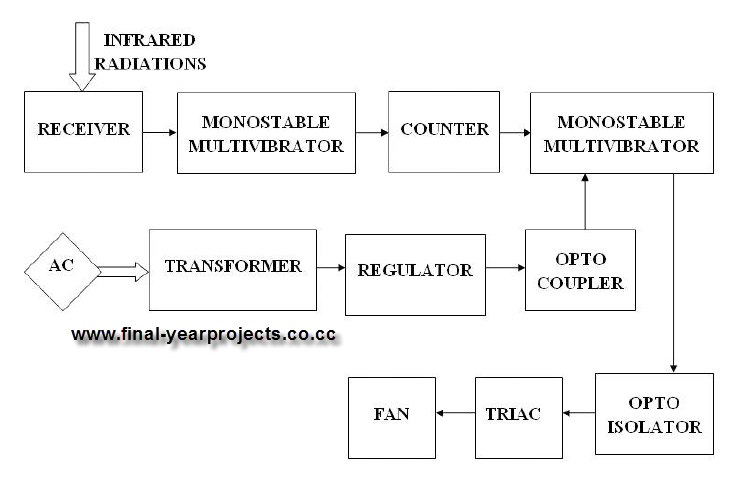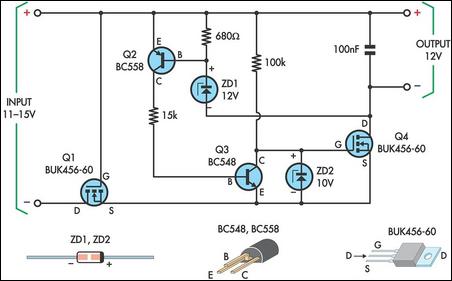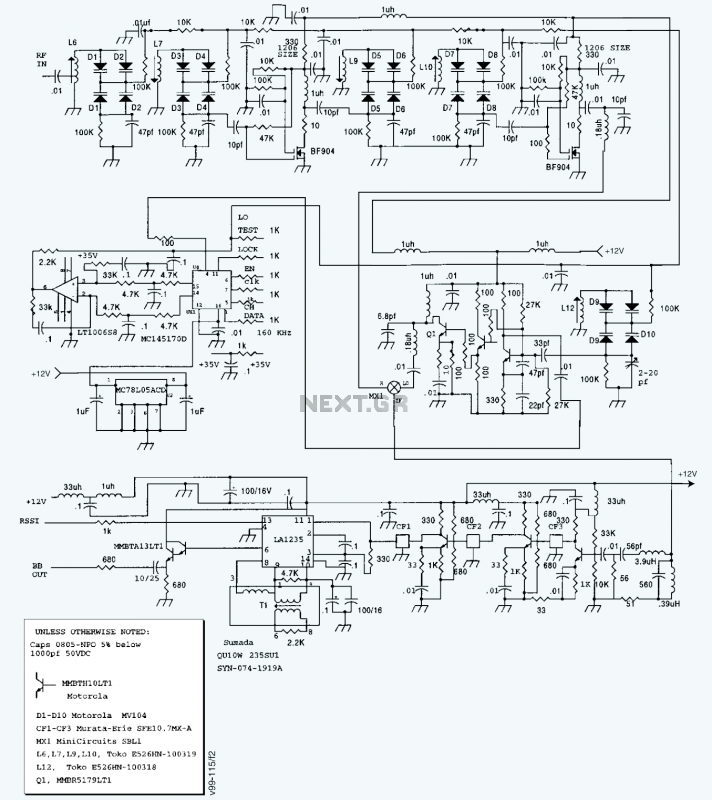
High- Or Low-Input Regulator
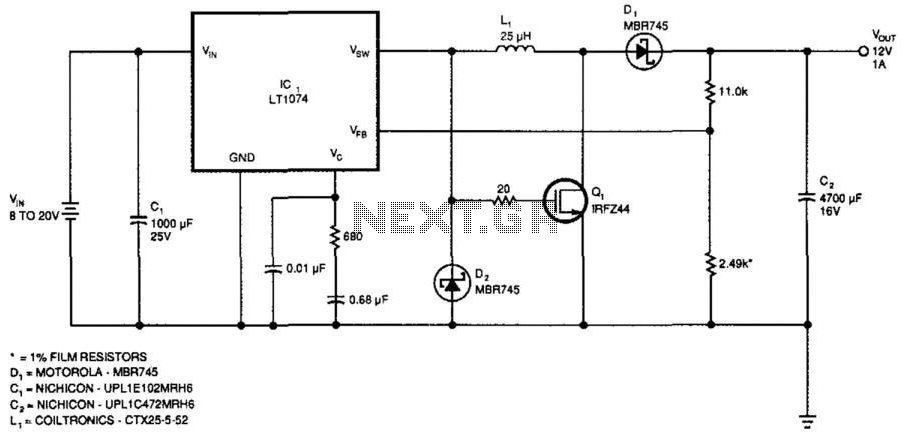
This regulator provides 12 V at 1 A output with an input voltage range of 8 to 20 V. The output voltage can be adjusted by changing the values of the resistors ll-kii and 2.49 kΩ to achieve 2.21 V at the VFB pin of IC1, if desired. For handling higher input voltages, it is necessary to clamp the gate of Q1 below its maximum rating of 20 V. The efficiency can exceed 70% for output currents greater than 0.5 A; with input voltages above 15 V, more than 2 A of output current can be obtained.
The described voltage regulator circuit is designed to deliver a stable output voltage of 12 V at a load current of 1 A, making it suitable for various applications where a reliable power supply is required. The input voltage range of 8 to 20 V provides flexibility in the choice of power sources, allowing for operation with standard power supplies and batteries.
The adjustment of the output voltage is facilitated by modifying the feedback network consisting of the resistors ll-kii and 2.49 kΩ. By selecting appropriate resistor values, the feedback voltage at the VFB pin of the integrated circuit (IC1) can be set to 2.21 V, which is critical for achieving the desired output voltage regulation. This feature allows for customization of the output voltage to meet specific application requirements.
To ensure the safe operation of the circuit when subjected to higher input voltages, it is essential to implement a gate clamping mechanism on Q1. This transistor should be protected from exceeding its maximum gate-source voltage rating of 20 V, which could otherwise lead to damage or failure of the component.
The efficiency of the regulator is a crucial parameter, particularly in battery-powered applications where power conservation is important. With an output current exceeding 0.5 A, the circuit can achieve efficiencies greater than 70%. This efficiency rating indicates that the regulator is capable of minimizing power loss during operation, thereby enhancing the overall performance of the system. Furthermore, when the input voltage exceeds 15 V, the circuit is capable of supplying more than 2 A of output current, making it suitable for more demanding applications that require higher power levels.
Overall, this voltage regulator circuit exemplifies a practical solution for providing a stable output voltage across a range of input conditions while ensuring efficiency and adaptability for various electronic applications. This regulator provides 12 V at 1 A out with an input voltage of 8 to 20 V. Output voltage can be changed by c harging the ll-kii and 2.49-KOhmhm resistors to provide 2.21 V at the VFB pin of IC1, if desired. If you need to handle a higher input voltage, make sure to clamp the gate of Ql below its 20-V max. rating. Efficiency can exceed 70% for output currents greater than 0.5 A; above 15-V input voltage, more than 2 A of output current can be obtained. 🔗 External reference
The described voltage regulator circuit is designed to deliver a stable output voltage of 12 V at a load current of 1 A, making it suitable for various applications where a reliable power supply is required. The input voltage range of 8 to 20 V provides flexibility in the choice of power sources, allowing for operation with standard power supplies and batteries.
The adjustment of the output voltage is facilitated by modifying the feedback network consisting of the resistors ll-kii and 2.49 kΩ. By selecting appropriate resistor values, the feedback voltage at the VFB pin of the integrated circuit (IC1) can be set to 2.21 V, which is critical for achieving the desired output voltage regulation. This feature allows for customization of the output voltage to meet specific application requirements.
To ensure the safe operation of the circuit when subjected to higher input voltages, it is essential to implement a gate clamping mechanism on Q1. This transistor should be protected from exceeding its maximum gate-source voltage rating of 20 V, which could otherwise lead to damage or failure of the component.
The efficiency of the regulator is a crucial parameter, particularly in battery-powered applications where power conservation is important. With an output current exceeding 0.5 A, the circuit can achieve efficiencies greater than 70%. This efficiency rating indicates that the regulator is capable of minimizing power loss during operation, thereby enhancing the overall performance of the system. Furthermore, when the input voltage exceeds 15 V, the circuit is capable of supplying more than 2 A of output current, making it suitable for more demanding applications that require higher power levels.
Overall, this voltage regulator circuit exemplifies a practical solution for providing a stable output voltage across a range of input conditions while ensuring efficiency and adaptability for various electronic applications. This regulator provides 12 V at 1 A out with an input voltage of 8 to 20 V. Output voltage can be changed by c harging the ll-kii and 2.49-KOhmhm resistors to provide 2.21 V at the VFB pin of IC1, if desired. If you need to handle a higher input voltage, make sure to clamp the gate of Ql below its 20-V max. rating. Efficiency can exceed 70% for output currents greater than 0.5 A; above 15-V input voltage, more than 2 A of output current can be obtained. 🔗 External reference
